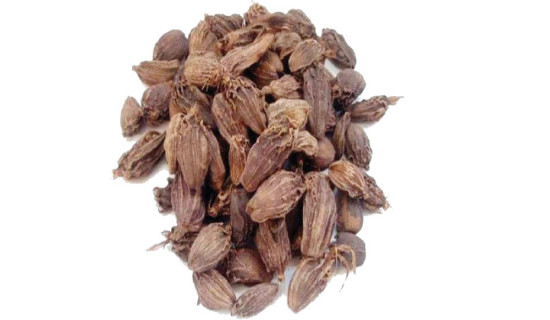- Saturday, 27 December 2025
Equality For Dalits Remains A Far Cry
What are we having this liberty for? We are having this liberty to reform our social system which is full of inequality, discrimination and other things, which conflict with our fundamental rights," said Dr B.R. Ambedkar. His saying is very much relevant in several democratic countries all over the world today. Ambedkar was an Indian jurist, economist, social reformer and political leader who headed the committee that drafted the constitution of India. He is one of the most admired advocates of political rights and social freedom for the Dalits.
The word 'Dalit' is derived from Sanskrit language, which actually means broken or scattered. The Dalits were earlier known as untouchables which is now an illegal term both in countries like India and Nepal, but unfortunately, still rampantly used. Dalits, who belong to the lowest stratum of the caste system in this subcontinent, have been deprived of several basic human rights such as rights to live with dignity. According to the 2011 census of Nepal, the number of Dalits stand at 13.6 per cent of the total population, which is about 3.6 million people. However, the International Dalit Society Network states that researchers and Dalit organisations estimate that this number is more than 20 per cent of the total population.
Constitutional provision
Nepal’s constitution is very progressive in addressing the needs of inclusion into Nepali politics and several strata of governance and executive positions. There are constitutional provisions to ensure Dalit representation in the electoral systems. As a result, every ward in the country has a Dalit representation. This provision wants to make sure that although discriminated and deprivation of equal rights existed in the past, all the Nepali citizens, no matter which community, caste or class they belong to, are equal and the society needs to accept them. Unfortunately, the ingrained value system seems to be hard to be removed. Although the law has made it illegal to treat humans as untouchables, the religious and traditional value systems are still very strong.
There are women Dalit representatives in every ward of the rural and urban municipalities of the country. They still face the discrimination that the Dalit community has been facing since several generations. They often complain that they are usually not involved in decision-making of the wards they are in and many a time when the social elites and the higher caste individuals, mainly men, are present, they still need to maintain distances. Especially, during meal times, the separation and untouchability issue automatically comes up and people consciously and unconsciously start segregation and disaggregating from each other. According to the national statistics, 17.4 per cent of the population in Nepal is below the poverty line.
A study entitled 'Achievements of the Dalit Movement in Nepal,' by Heera Biswokarma and published last December mentions that 34 per cent of Dalits in Nepal fall into the below poverty line. This is a decrease from 42.5 per cent 11 years ago. Around 1.4 million Dalits still live below the poverty. The report highlights the fact that despite the inclusive constitutional provisions and laws the Dalit community has not fully been accepted in the society. It also states that 34.4 per cent of Dalits have experienced discrimination in the public spheres. Likewise, about 27.6 per cent of Dalits in the Madesh have endured discrimination. About 25.9 per cent of them are discriminated while accessing services at public places. Around 12.8 per cent of Dalits in the hills and 10.8 per cent in Madhesh felt discrimination in the economic sector.
The media has covered issues of discrimination faced by the Dalit communities while getting houses in rent and jobs. It is difficult to be embraced in the society without restrictions of mobility and sharing the same space as others. There are cases of lynching and murdering of people from the Dalit community when they get into marital or other relationships with people from the so-called higher castes and classes. Heera Biswokarma’s report states that 40 Dalits have been killed in 12 years since the enactment of the Caste-based Discrimination and Untouchability Act in May 2011.
Human value system seems to be ingrained in people’s mindset as they grow up, and the childhood learnings seem to be difficult to be removed. There are many people who change their surnames not to be identified with a community which puts them in a discriminatory category. With the quota system included to uplift the people who have been marginalised from education and accessing of entitlements, there is some progress of inclusion in diverse professional and public spaces.
Hesitation
However, data still shows that it’s not enough. There may be an elite group where intermingling of Dalits is accepted, but not everywhere. There have been cases where some individuals have filed cases against landlords who have not given them rental spaces just because they are from the Dalit community. However, as significant member of Dalits still hesitate to file complaints against atrocities committed against them, the discrimination continues.
The education system must now introduce a system where children understand and internalise why human rights and the need for inclusion is very important for the development of nation. When children graduate from high school, they have to learn to protect their own rights and respect the rights of all others no matter which class, caste, religion or gender they belong to. This will then help the youth to take forward the principles of democracy to develop our country in the true spirit of liberty.
(Sharma is a senior journalist and women rights advocate namrata1964@yahoo.com Twitter handle: @NamrataSharmaP)

















